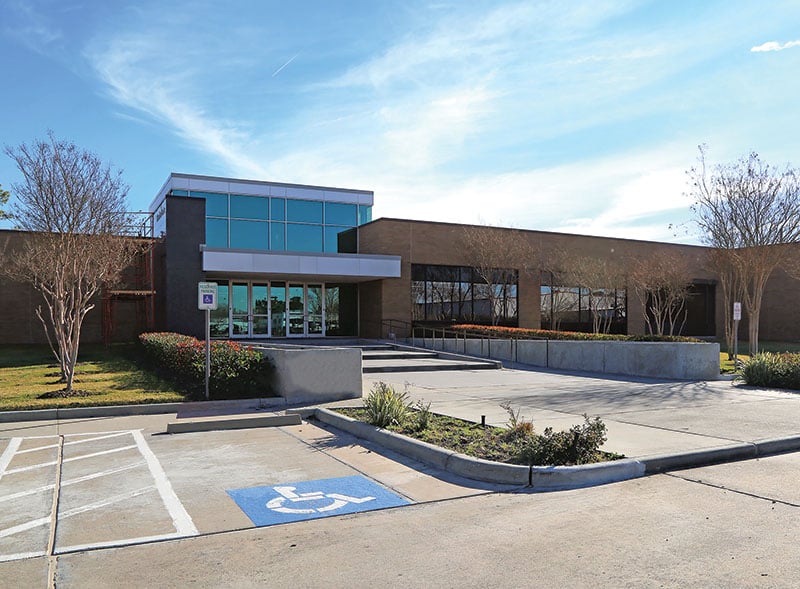What is Accelerating Campus Excellence (ACE)?
In 2015, Dallas ISD implemented Accelerating Campus Excellence (ACE) turnaround strategy in seven persistently struggling campuses. The ACE strategy empowers district and school leaders to change the traditional school paradigm to more effectively lead and teach at historically underperforming schools. The model holds five pillars at its core: Strategic Staffing puts the best teachers and leaders in front of your students with the most need, Instructional Excellence ensures high quality curriculum and instructional strategies are leveraged in every classroom, Extended School Day provides high quality intervention and enrichment opportunities to students and families, Social and Emotional Learning creates a space that prioritizes student development and safety, and Parent and Community Engagement creates opportunities for partnership and two way communication.
With the support and guidance from The Commit Partnership and Best in Class, two organizations centered on cultivating a collaborative ecosystem in Dallas County, Good Reason Houston has continued to build on ACE expansion efforts by supporting the planning and implementation of this model across two Houston area school districts: Aldine ISD in 2019 and Houston ISD in 2022.
Now in its fourth year of implementation in Aldine ISD, the first two implementation campuses have demonstrated remarkable growth. The ACE model launched in Houston ISD in the fall of 2022 and Good Reason Houston is thrilled to see, for the first time, an ACE model at the high school level. There is much to be learned from this first year of high school implementation. Given the dramatic improvements seen across the state and locally, Houston-area districts are looking at the ACE model, and its pillars, as a way to reset school culture and instruction and ultimately reimagine student learning.
Strategies for success
Good Reason Houston, a TEA approved Technical Assistance Provider, has worked side-by-side with district leaders and colleagues across the state to plan and implement the ACE model. In doing so, we have identified the four high-leverage strategies to ensure successful implementation of ACE.
Incorporate district context into design and codify the model.
The ACE model’s pillars are built on research-based best practices for school transformation. And yet, one size does not fit all. When designing the ACE model, it is important to tailor the design to a district’s context. The five pillars are complex and require intentionality, specificity, and cohesion.
Ensure campus-level leaders and families are involved in the ACE design process.
Successful ACE implementation calls for leaders at all levels to be involved in the details of the work. Gathering feedback from students and families can inform the district’s vision for pillar implementation in ways that best meet their needs. One of our district partners gathered survey data from the community to better understand after school programming preferences for students and parents. In doing so, the district was able to select high interest programming to encourage attendance. In addition to community feedback, it is important for campus leadership to be involved in the planning process early on.
For example, one ACE campus leader built out a robust campus culture system based on the “House System” to match her spirit of comradery, celebration, and joy for both students and staff. Another campus leader expanded her daily campus SEL practices to include mid-afternoon meditation sessions for students and teachers.
As campus leaders make the school design choices that are right for them, their level of pride and ownership in their school community deepens.
Establish culture and campus systems first.
Persistently low-performing campuses are often trying to address urgent and immediate issues, ranging from foundational academics to even more basic needs like a sense of belonging and safety. We have seen the importance of beginning first with supporting a positive staff and student culture that establishes positive peer and adult to student relationships. These relationships become the foundation for a supportive community where both adults and students have their needs met.
In order to foster a strong sense of community with new staff, one of our district partners worked with an external partner to dedicate three days of beginning-of-year professional development for staff to retreat together to investigate aspects of their identity, their attachment styles, and their relationship patterns both inside and outside of work. Participants still point to this experience as the one of the reasons their staff feel a strong sense of connection and shared purpose. This same district also prioritized student culture with the infusion of restorative practices into the school day through “morning meetings” and “closing circles.”
Create a strong progress monitoring system to engage stakeholders at multiple levels.
Campus transformation doesn’t happen overnight. It’s a process that takes time and commitment to continuous improvement. Strong progress monitoring systems are the backbone of continuous improvement processes. These systems are strongest when they exist at multiple levels (Campus, Principal/Principal Supervisor, Senior Leadership Team, as well as external partners) and have clear goals aligned to the ACE model and its pillars.
For more information on school progress and outcomes in Houston, visit our Data Dashboard.




